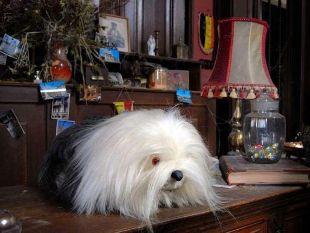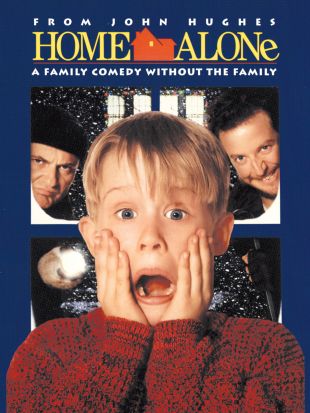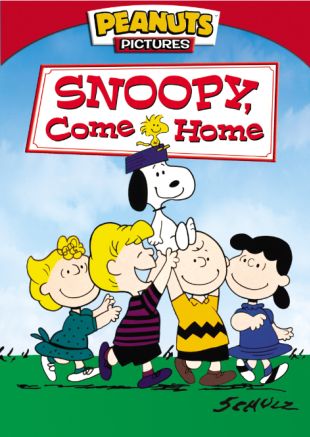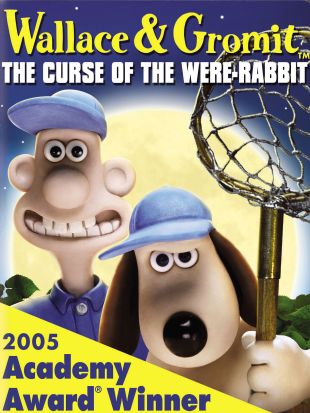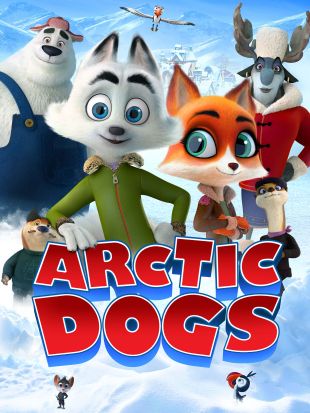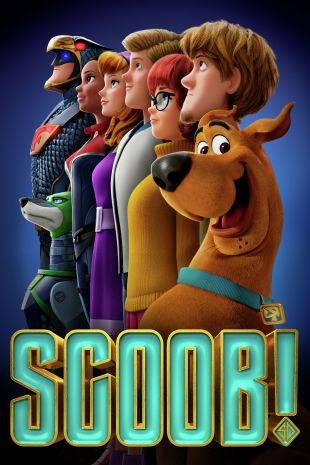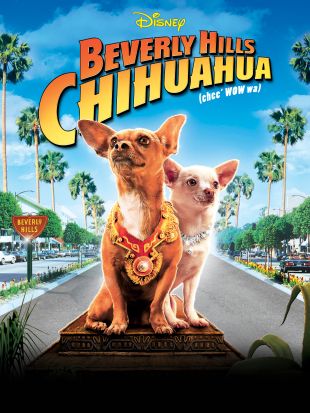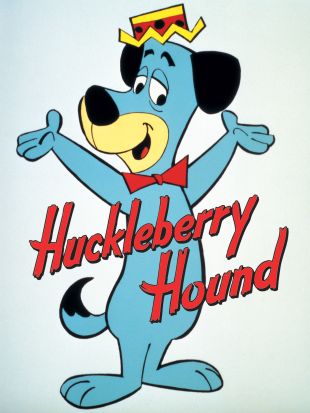
The Huckleberry Hound Show (1958)
Genres - Comedy, Historical Film |
Sub-Genres - Family-Oriented Comedy |
Run Time - 30 min. |
Countries - United States |
Share on
Synopsis by Hal Erickson
Hanna-Barbera's second foray into TV animation, Huckleberry Hound (or, to give it its full original title, The Huckleberry Hound Show, was not only more ambitious than the studio's earlier Ruff and Reddy, but infinitely more successful: Indeed, it was this project that laid the groundwork for the multimillion-dollar Hanna-Barbera empire. Whereas Ruff and Reddy was a package of serialized five-minute cartoons designed as "wraparounds" for existing children's shows, Huckleberry Hound offered a full half hour of made-for-TV animation per week--fully sponsored by the powerful Kellogg's Cereals people, and during its original run telecast in 95 percent of the United States, quite an accomplishment for a non-network syndicated series! The title character, a bulbous-nosed blue dog who spoke in a low Southern drawl (courtesy of Daws Butler, who with Don Messick provided virtually all the voices on the series), combined the deadpan existentialism of Tex Avery's Droopy with the "everyman" (or "everydog") versatility of Walt Disney's Goofy. In each of his cartoon adventures, Huck Hound took on a different job or personality--police officer, fireman, medieval knight, Northwest Mountie, astronaut, lion tamer, secret agent, cowboy sheriff, caveman, suburban homeowner--and did his best to make sense of himself and his surroundings despite all obstacles and setbacks. He usually made his first appearance ambling slowly on screen and singing an off-key rendition of "Oh, My Darling Clementine"--and often as not made his exit running away from antagonists ranging from bug-eyed monsters to pesky mosquitoes, albeit still with a straight face and a laconic quip to the camera. (Typical gag: Attempting to rescue a princess from a castle, Huck is flattened by the drawbridge lowered by the villain--whereupon he pauses, turns to the audience and mutters impassively "Man. . .that's a right heavy drawbridge.") Although The Huckleberry Hound Show ran 30 minutes per week, Huck himself did not dominate the proceedings. In the tradition of the earlier Kelloggs-sponsored Woody Woodpecker Show (comprised of theatrical cartoons), the Hound appeared in but one of three short cartoon components per episode, which were linked together with opening and closing wraparounds "hosted" by Huckleberry Hound, and with between-the-acts cartoon bumpers. In addition to the weekly six-minute "Huckleberry Hound" episode, the series also featured a brace of other star attractions: "Pixie and Dixie", the saga of two talking mice and their constant battle against Brandoesque pussycat Mr. Jinks ("Like, I hate meeces to pieces!"); and "Yogi Bear", featuring a rambunctious picnic-basket-filching bruin who sounded a bit like Art Carney's Ed Norton character ("I'm smarter than the av-er-age bear") and who shared a cave in Jellystone Park with his shorter, more cautious pal Boo-Boo Bear. When Yogi and Boo-Boo were spun off into their own series in January of 1961, their replacement on Huckleberry Hound, was "Hokey Wolf", a cagey carnivore who talked and acted like Phil Silvers' Sgt. Bilko, and who traveled about with a pint-sized cohort wolf named Dingaling. Debuting in most TV markets on or about October 2, 1958, The Huckleberry Hound Show was an immediate hit, lasting four first-run seasons in syndication, and (presumably) ever afterward in rerun form. One of the main reasons for its success was that it appealed equally to children and grownups, a fact which would ultimately inspire Hanna-Barbera to create a Prime Time network series aimed at adult audience, The Flintstones. Though Huckleberry Hound would be eclipse in popularity by such other Hanna-Barbera creations as Yogi Bear and Quick Draw McGraw, the character continued popping up as an ensemble player in several of the studio's subsequent series, notably Yogi's Ark Lark, Scooby's All-Stars and Wake, Rattle and Roll and in 1987, Huck was restored to star status in the hour-long cartoon special, The Good, the Bad and the Huckleberry Hound.

